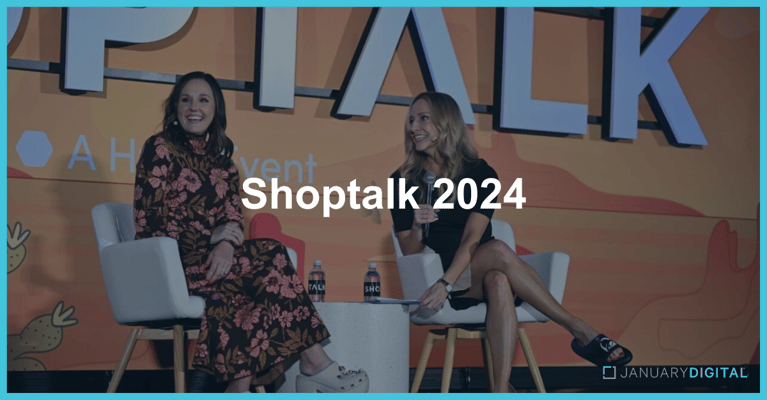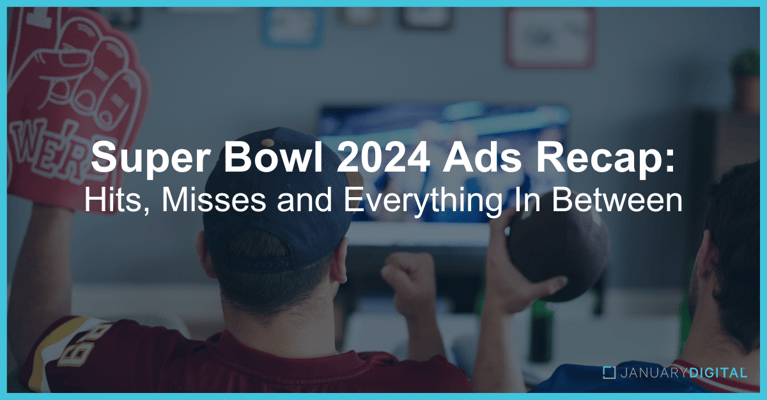As digital advertisers, we know it’s only a matter of time until executional work is completely automated. Google and Facebook are continuing to invest in systems and products that take the control away from advertisers and give it to their “blackbox” AI technology to automate execution and optimizations. The evolution from human to technology-driven media has raised a lot of new questions and expectations from advertisers and consumers. What we thought we knew about marketing best practices has been flipped on its head. In recent years, the trend has been to over-segment down to the smallest detail to drive personalization with advertisers having full control. We are now moving into a hands-off, AI controlled approach. It’s enough of a loss of control to make any advertiser feel a bit uneasy.
In light of this, how do we, as marketers, regain control over what our customers see in a world inundated by automation? The answer is in the information that feeds into the ad platform itself. For all platforms moving to a more dynamic, broad targeted model (Facebook Dynamic Product Ads, Google Smart Shopping Ads, etc) all of the ad output is driven by information coming straight from the advertiser, and in many instances, straight from two sources: the product feed and the customer database. As ad platforms have evolved, the feed is often one of the most under-utilized assets a brand has when it comes to the hyper-personalized and product-focused digital space. If set-up properly, which means collecting/gathering/uniting the right data, your product feed can be leveraged to tell a
strategic
story, not just provide ad content. This is where the shift takes place - in order to maintain that “human touch” in advertising campaigns, the advertisers focus has to shift to the preparation outside of the ad platform.
So, what does this shift in focus look like? Merging SKU level, real time customer and performance data into the product feed allows advertisers to manipulate what is being delivered to platforms and used in ads. Advertisers can take a typical product feed and layer in gender, AOV (average order value), geography, CVR (conversion rate), age, and even LTV (lifetime value), and start to prioritize what products are shown to users based on the goal and strategy that matters most to the business. Having a full profile by SKU is crucial to best inform bidding strategies and targeting. If the goal is to acquire high value customers, the feed can now be leveraged to limit products featured in ads to those that current high value customers are buying.
Just like merchants determine products to showcase based on business objectives, digital advertisers can extend this curated “storefront display” to the products a consumer sees during their online experience. We merchandise our stores and our websites, so why not our product feeds?




